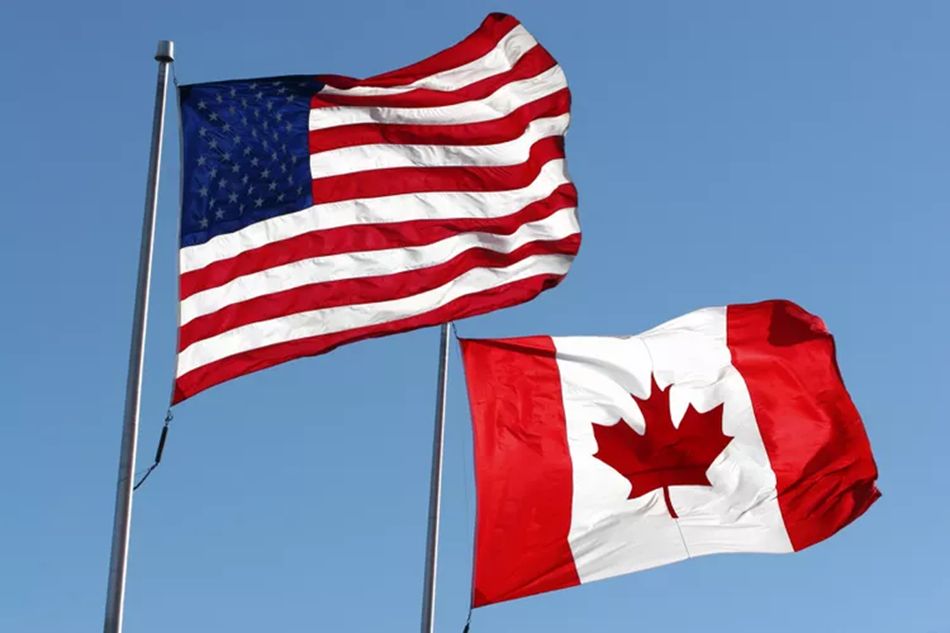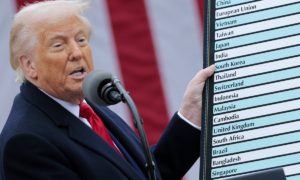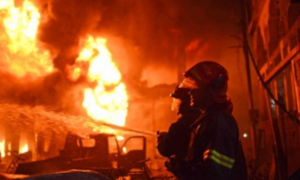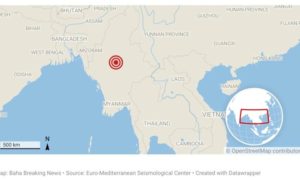Trump’s Tariff Increases: A Head-On Shock for Canada
Under the presidency of Donald Trump, the United States launched a trade war against several partners, including Canada. Citing “national security,” Washington set punitive tariffs in 2018: 25% on steel and 10% on aluminum imported from Canada. These two metals alone represented CAD 24 billion in annual exports to the U.S. market. The impact was immediate.
Canadian steel exports to the U.S. plunged by 38% within the first month, and aluminum exports fell by 19% on average the following year. Companies like Tenaris were forced to lay off dozens of employees, and pressure quickly spread to industrial supply chains, particularly in Ontario and Quebec.
Lumber: A Collateral Victim of American Protectionism
Even before metals, the Canadian lumber sector was targeted. In April 2017, the Trump administration imposed 20% countervailing duties on these exports. With 96% of Quebec’s lumber exports destined for the U.S., the impact was devastating.
These retroactive surtaxes weakened Canadian sawmills, threatening thousands of jobs in more than 225 forest communities. In comparison, a similar tariff conflict between 2001 and 2006 led to the loss of 20,000 jobs in the sector.
Economic Repercussions: Targeted but Real
On a national scale, the macroeconomic impact remained limited: the targeted sectors only represented approximately 0.5% of GDP and 3% of Canadian exports. However, the consequences on the ground were tangible.
The Canadian Labour Congress estimated that 43,000 jobs were at risk in metallurgy, including 9,500 in aluminum. Some companies froze investments or closed factories.
The climate of uncertainty also slowed investment, with 6% of Canadian exporters delaying their projects according to Export Development Canada.
Slight Impact on Purchasing Power, But Well-Managed
Canadian consumers experienced a slight increase in prices on certain American products. In response to U.S. tariffs, Ottawa imposed retaliatory tariffs “dollar for dollar” on $16.6 billion worth of goods imported from the U.S. Targeted products included bourbon, orange juice, ketchup, and cans.
This countermeasure led to a price increase for Canadians, but it was limited to about 3% of imports. The Bank of Canada judged that the impact on overall inflation would remain low.
Immigration: Little Impact, But Talents Attracted
On the immigration front, trade tensions did not directly impact Canadian policies. The country maintained its ambitious economic immigration targets in response to demographic aging.
Nevertheless, in the context of American protectionism and Trump’s restrictive immigration policies, Canada became more attractive to some skilled workers living in the U.S.
As a result, there was a continuous increase in the number of American residents becoming economic immigrants to Canada from 2015 to 2019.
Canada’s Response: A Balance of Firmness and Diplomacy
The Canadian government opted for a balanced strategy. In addition to retaliatory tariffs, it supported affected industries with a CAD 2 billion package, including loans, innovation subsidies, and support for SMEs.
Diplomatically, Canada actively partook in renegotiating NAFTA, leading to the U.S.-Mexico-Canada Agreement (USMCA) in 2020. This secured access to the U.S. market and exempted Canadian cars from future tariffs on national security grounds.
Lastly, Ottawa focused on trade diversification, signing new deals such as the CPTPP with the Asia-Pacific and CETA with the European Union, to reduce dependence on the U.S.
A Revealing Episode of North America’s Economic Fragility
While Canada succeeded in limiting the damage with a quick response, this trade war underscored the vulnerability of its economy to U.S. political decisions. The episode acted as a catalyst for reforms, market diversification, and better preparation for future trade conflicts.
Only time will tell if these efforts are enough to shield Canada from a potential resurgence of tensions, especially if Donald Trump returns as a major political figure in the U.S.
What's happening in Tunisia?
Subscribe to our Youtube channel for updates.

















































